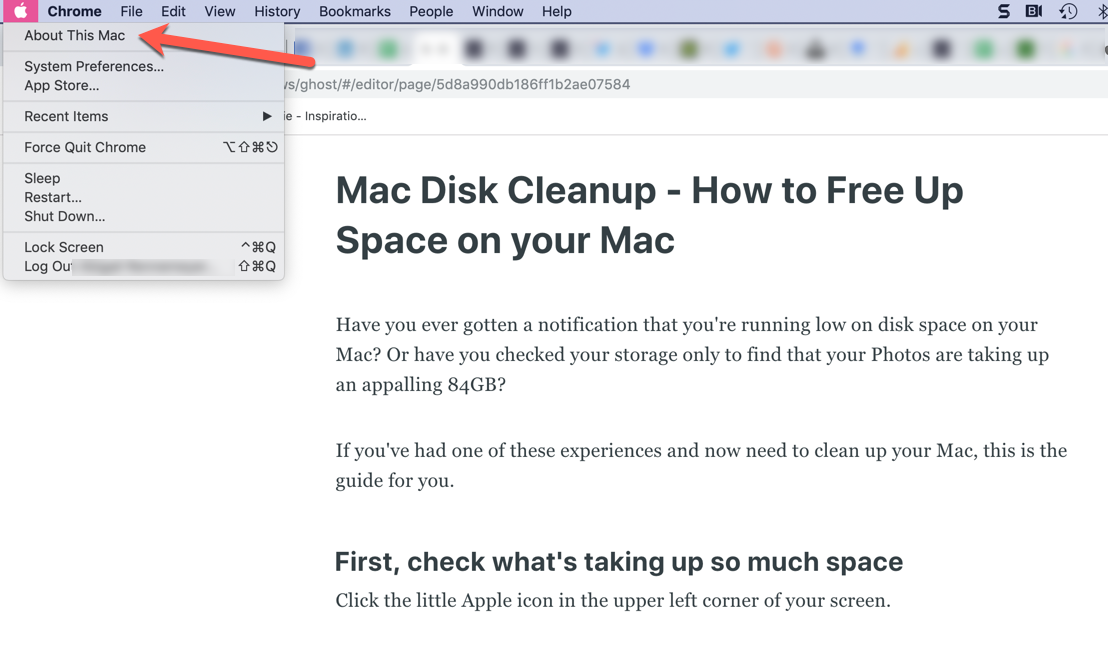

Step 2: Move to Utilities and Run the Terminal App.
:max_bytes(150000):strip_icc()/how-to-check-storage-on-mac-509234710-7fe5ade2863b41b89bd989dde36e530e.jpg)
Release the key until you see the screen below.

"/> Step 1: Reboot the Mac device into Recovery Mode by pressing Command + R at the same time. You’ll know that Terminal has successfully opened when you see white text appear on your Mac’s screen: 4. This will open up Terminal in Single-User mode on your Mac. Once you hear the Mac startup chime, immediately press “Command + S” on your Mac’s keyboard. From there you can access your directories such as. To get to your Home directory in Terminal, use: cd "/Volumes/Macintosh HD/Users/User_Name".Where User_Name is the name of your User Account. Press Option/Alt + Command + R when you boot up to enter Internet Recovery Mode.Once you enter this mode you will be able to. base jumper death switzerland 2022 We discuss Internet Recovery Mode in more detail in a section below. Firmware Password Utility On Macs with Apple T2 Security Chip, the startup security utility offers features to protect against unauthorized access: password protection, secure startup, and installation of allowed boot media. Using Terminal in the Recovery mode lets you run various commands to troubleshoot the existing issues on your Mac.


 0 kommentar(er)
0 kommentar(er)
